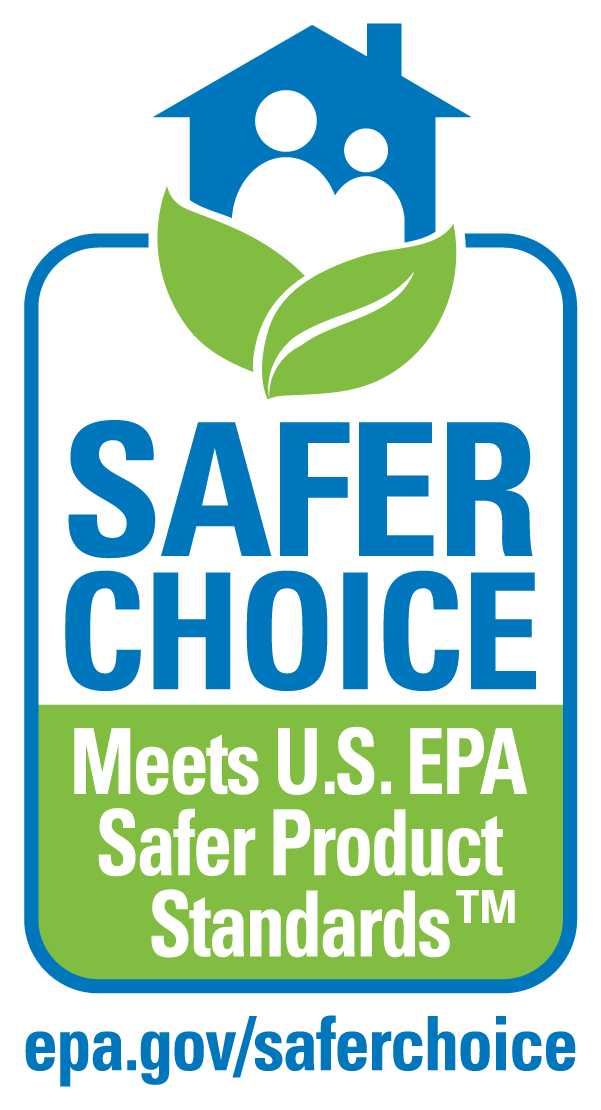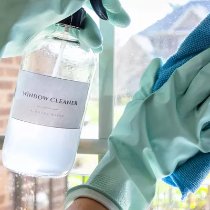:max_bytes(150000):strip_icc():format(webp)/SPR-diy-window-cleaner-7152805-Hero-01-802592e488f149b8b78a433e4cb3dd31.jpg All Purpose Cleaner)
:max_bytes(150000):strip_icc():format(webp)/SPR-diy-window-cleaner-7152805-Hero-01-802592e488f149b8b78a433e4cb3dd31.jpg All Purpose Cleaner)
:max_bytes(150000):strip_icc():format(webp)/SPR-diy-window-cleaner-7152805-Hero-01-802592e488f149b8b78a433e4cb3dd31.jpg)
All Purpose Cleaner
2 C water
1 tsp dish soap
10 drops essential oil of your choice
Shake well and fill your favorite spray bottle
Room Spray
1/2 C water
1 tsp baking soda
15-20 drops essential oil of your choice (mix into baking soda)
Shake well and fill your favorite spray bottle. (Caution: Because of the baking soda if you have dark colored clothes on, a residue might appear if you get the spray on you.)
Disinfectant Spray
1/2 C water
1/2 C rubbing alcohol
15 drops essential oil of your choice
Shake well and fill your favorite spray bottle
Hardwood Floor Cleaner
2 C water
1/2 C white vinegar
1/2 tsp dish soap
Shake well, spray contents on floor and use a flat head mop to clean
Story:
When my parents expanded the size of their neighborhood grocery store, Dad would often lament: “There isn’t enough room for all the new products customers want.” Browse the cleaning aisle where you shop. Notice the many cleaning brands and products. Look at packaging. Read some labels. How many ingredients would your great-grandma recognize or be able to pronounce?
The Homemade Cleaning Products Recipes featured in this post, offer ways to upgrade our household cleaning routine to create a healthier, safer environment. There are many reasons to make cleaning products, such as knowing what the ingredients are, saving money, using less toxic and more environmentally friendly products, and to reduce allergens and irritants in some cleaning chemicals.
Homemade products leave out added water, colors and fragrances which require more product per use. We can control the ingredients and the strength. We can choose biodegradable, reusable and recyclable packaging. When you're ready to make homemade cleaners, consider using a new glass Spray Bottle that can be cleaned easily. Be sure to add a label. Take the time to add usage directions so others in your household can help with cleaning.
For more home made cleaning recipes, check out The Spruce where you can find the photo above. Whatever choices we make about cleaning supplies and practices, there is a huge variety of environmentally friendly choices for green cleaning. This can also include steam cleaners, which do not use of any chemicals to clean and sanitize surfaces.
For more information, the EPA (Environmental Protection Agency) keeps an easily accessible database of greener cleaning products in its Safer Choice program. Their “Safer Choice Products Search” lets you search for home and business cleaning products that meet the Safer Choice EPA standard for environmentally friendly cleaning and other products for use at home or in a or look for the Safer Choice Label.
IF you are a chemist, you can learn more about what these standards are and how the EPA encourages the use of alternatives wherever polluting chemicals have been the standard.
In addition to making our own cleaning products and purchasing Safer Choices, we can advocate to ensure that local and state business and government protect our environment. We can encourage efficient use of the Environmental Protection Agency resources to enforce high standards to prevent pollution. Pollution prevention (P2), also known as source reduction, is any practice that reduces, eliminates, or prevents pollution at its source prior to recycling, treatment or disposal.





Post a Comment